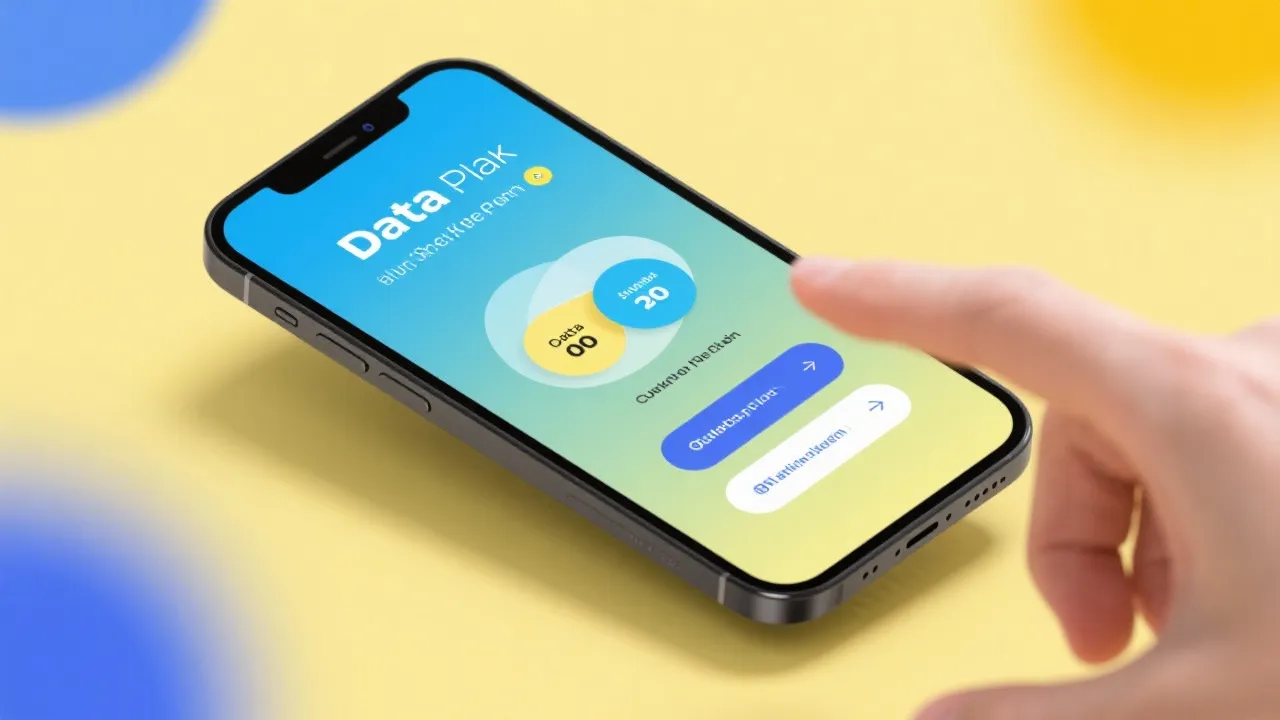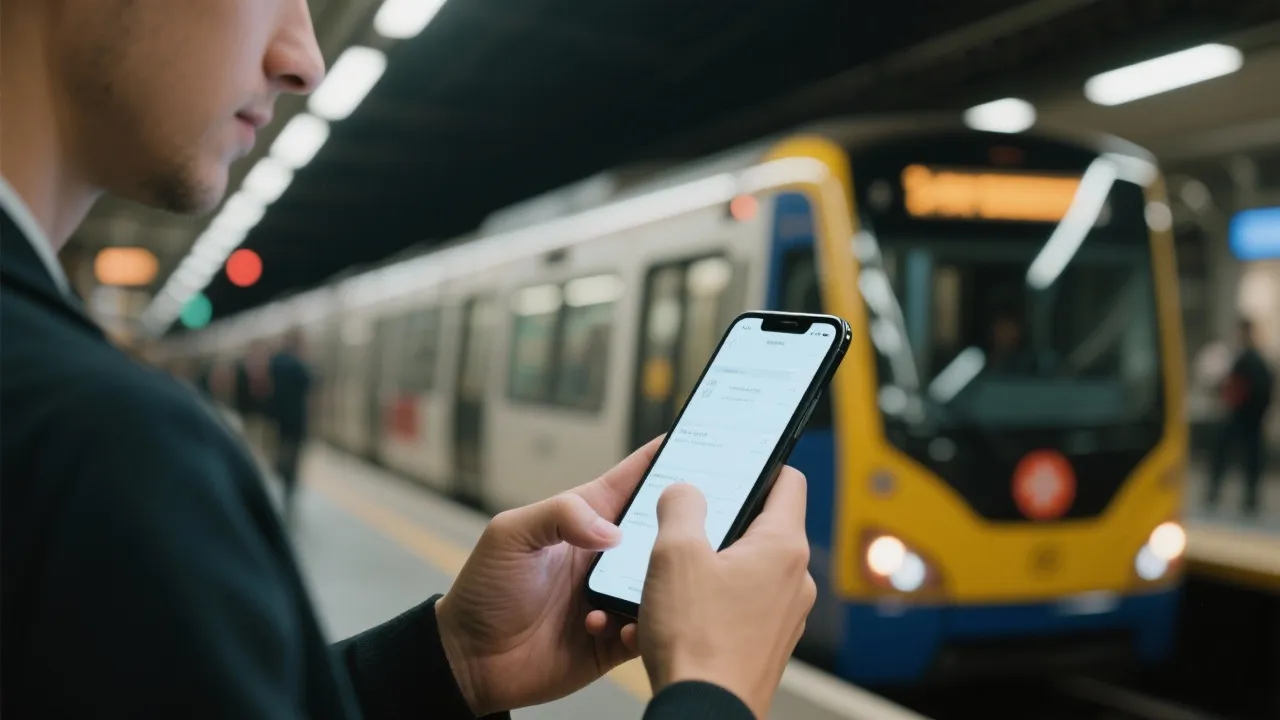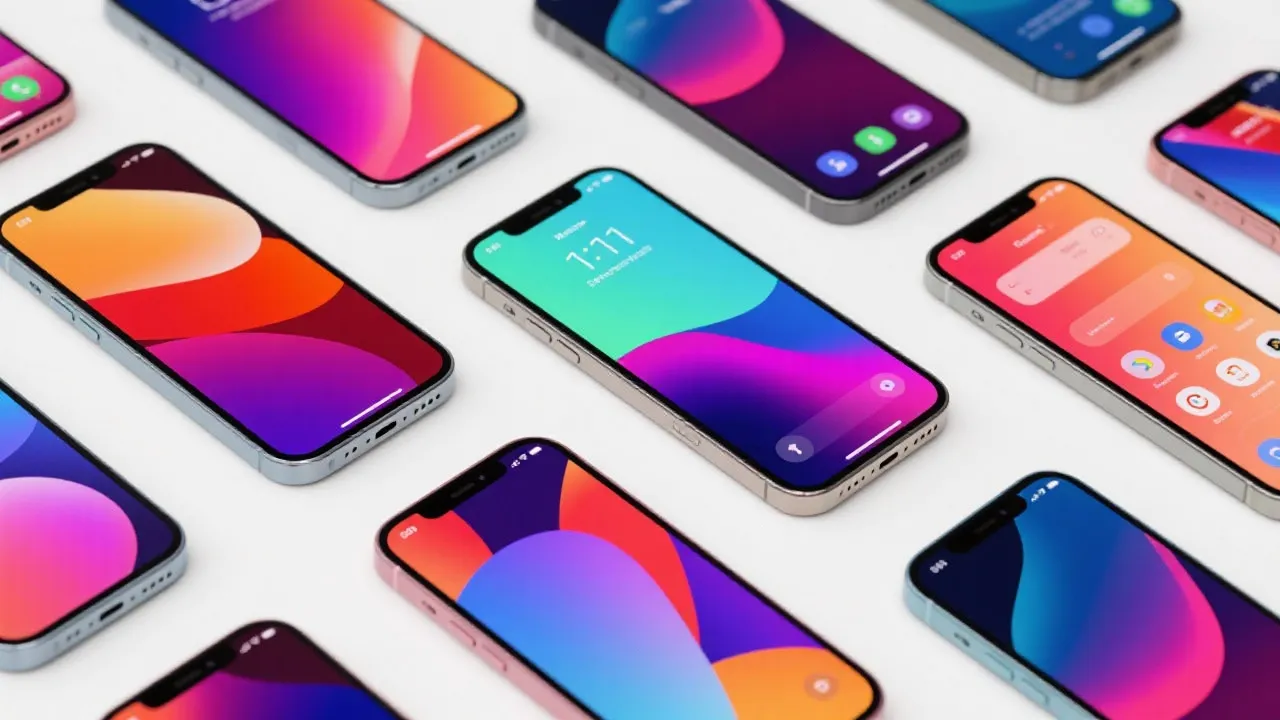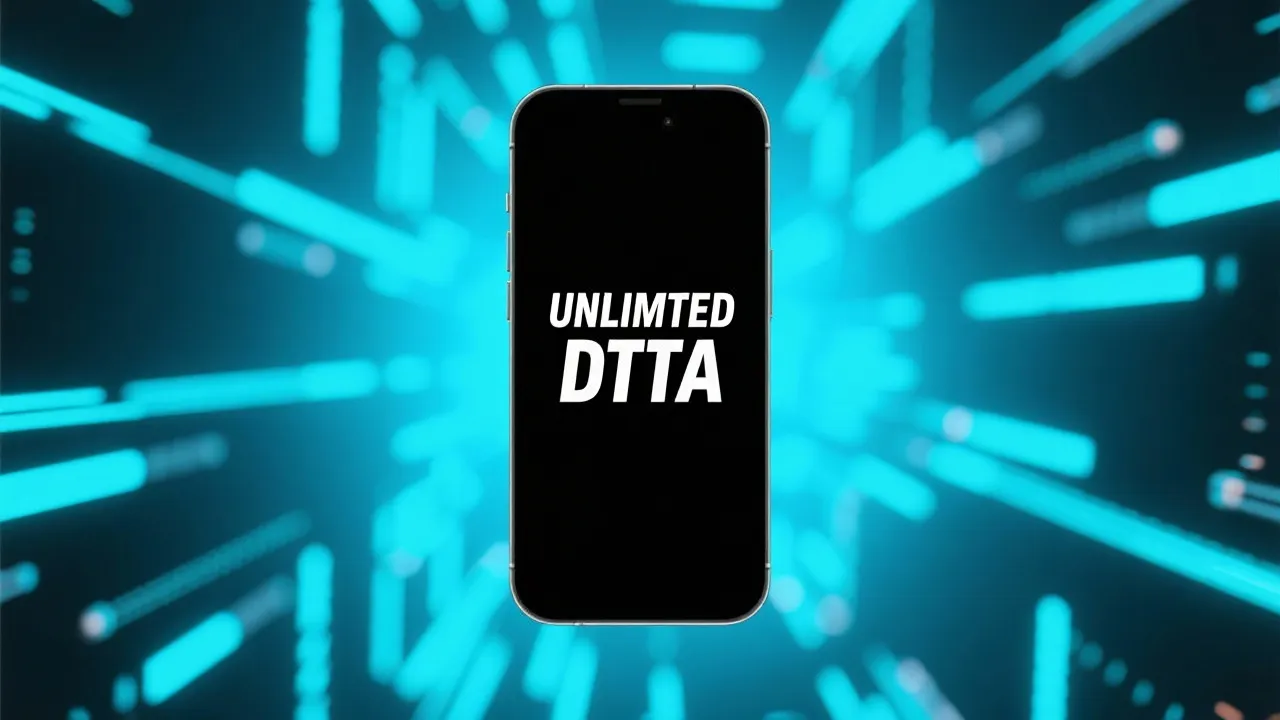Navigating Government Phone Plans
This comprehensive guide provides insights into getting government-supported mobile plans offering devices and unlimited data. Understand the criteria, compare service providers, and explore options for affordable mobile connectivity through various federal programs like Lifeline and ACP.
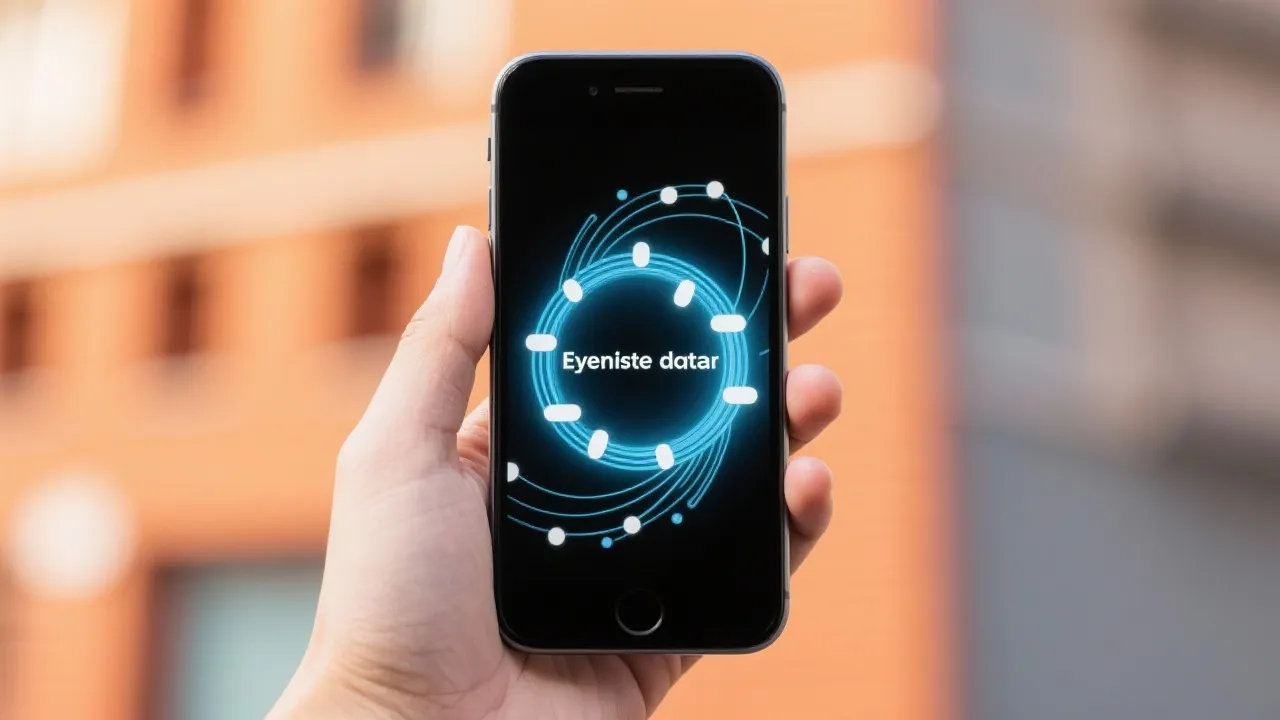
Understanding Government-Sponsored Phone Plans
With technological advancement becoming more intertwined with daily life, having reliable access to mobile services is crucial. Government-sponsored phone plans offer a solution to bridge the digital divide for those who need it most. These initiatives, primarily facilitated through providers like SafeLink Wireless, Assurance Wireless, and others, extend mobile devices and data access at reduced or low prices to eligible individuals. Ensuring everyone has mobile access is essential, particularly in today's world where connectivity can greatly impact one's opportunities for education, employment, and overall quality of life.
The Concept of Affordable Phones with Unlimited Data
Originating from the broader aim to ensure connectivity for all, these phone plans encompass affordable device allocations (often smartphones) coupled with unlimited talk, text, and data plans. However, offerings and constraints might vary based on provider, state, and specific eligibility criteria. Variations may include data speed limits or charges for premium offerings. The keyword 'Affordable Phones Unlimited Data' encapsulates the ideal sought by many seeking to join this federal initiative, promoting accessibility and affordability. The essence of such programs lies in the belief that communication is a fundamental right, and governments have a role in facilitating this for their citizens.
This initiative does not merely address phone access; it also has broader implications for social equity. By providing affordable communication options, the government aims to reduce disparities that exist in society. This is particularly crucial in rural areas where access to traditional broadband services may be limited. Consequently, government-sponsored phone plans can assist individuals in job searches, applying for scholarships, staying in touch with loved ones, or accessing telehealth services — all of which are increasingly vital in today’s society.
Comparing Providers and Their Offerings
| Provider | Services Included | Potential Costs |
|---|---|---|
| SafeLink Wireless | Affordable smartphone or BYOD, unlimited text, calls, data (varied by plan) | Device upgrades or additional data costs |
| Assurance Wireless | Affordable Android smartphone, unlimited talk and text, spacious data | Charges for international calling or more data |
| StandUp Wireless | Affordable phone or BYOD, unlimited talk and text, data plans | Upgrade to premium phones or purchase extra data |
| Access Wireless | Unlimited voice, text, limited high-speed data plans | Costs for additional data or premium devices |
| True Wireless | Government-supported phones, voice, and data services | Add-ons for upgraded devices or advanced data packages |
source: www.safelinkwireless.com, www.assurancewireless.com, www.standupwireless.com, www.accesswireless.com, www.gotruewireless.com
When comparing providers, several factors should guide the decision-making process. One significant consideration is the availability of devices. While many users may need a basic phone, others could benefit from a smartphone that allows access to more advanced applications and services, such as educational apps, video conferencing, or multi-media messaging. This creates a dichotomy; simple phones may serve fundamental connectivity needs, while smartphones can promote greater digital engagement.
Furthermore, understanding the limitations of offered data plans is crucial. While many plans advertise "unlimited" data, they might implement data throttling after reaching certain usage thresholds. This practice means that while users can enjoy relatively high-speed data initially, their speeds may slow significantly after they exceed a specified limit, making it vital to read the fine print before enrolling.
Applying for a Government-Issued Phone and Plan
Eligibility for these plans hinges on meeting specific federal income guidelines or participating in recognized government assistance programs such as Medicaid, SNAP, SSI, or residing on Tribal lands. The application process involves submitting documentation online or through designated government platforms. Each provider may have additional nuances, generally needing proof of income or enrollment in aid programs, which can include a recent pay stub, a tax return, or an official notice from a government agency.
It's important to note that misinformation often circulates about these programs, leading to unnecessary confusion. For instance, many individuals assume that enrollment in one government program automatically grants them eligibility for a mobile plan; however, this is not always the case. Each program comes with unique requirements, emphasizing the importance of thorough research and understanding of each provider's stipulations.
Step-by-Step Application Guide
1. Research providers and decide which plan suits your needs based on your location, device preferences, and current mobile requirements.
2. Visit the provider's official website to access their application portal. Most providers have streamlined their online processes to enhance user experience.
3. Gather required documentation, such as proof of income, ID, and program participation evidence. Ensure all documents are clear and legible to avoid delays.
4. Follow the on-screen instructions to submit your application, double-checking your entries for accuracy to prevent potential delays or application rejection.
5. Await confirmation, which typically arrives via email or postal mail. Save any email confirmations or reference numbers for future inquiries regarding your application status.
It's advisable to follow up with the customer service team of the chosen provider if there are any concerns or needed clarifications. Many customers find direct communication to alleviate uncertainty about their applications.
Eligibility Criteria Across Providers
The general framework for eligibility includes:
- Income at or below 135% of the federal poverty guidelines for Lifeline; up to 200% for ACP.
- Enrollment in government programs like Medicaid, SNAP, SSI, or FPHA.
- Residents of Tribal lands might be eligible for enhanced benefits, including higher data limits or more generous plan options.
Additionally, providers often assess eligibility based on consumer disclosures. Each participant must provide accurate data about their household income and size, as these details can impact the approval process. Misrepresentation, even unintentionally, can lead to consequences, including loss of benefits or potential legal issues.
Frequently Asked Questions
Q: Are there any hidden charges with these plans?
A: While the base offerings are often at no charge, optional upgrades or additional services may incur fees. Be sure to review the terms of service thoroughly to understand what you might be responsible for paying.
Q: How does one verify the application status?
A: Providers typically offer a login portal or customer service number to check status updates. Many also allow applicants to track the shipment of devices after approval.
Q: What is the turnaround time for receiving a device?
A: This varies, but many users receive their device within two weeks of application approval. During peak periods, such as holiday seasons, delays may occur, so patience is key.
Potential Challenges and Considerations
While government-sponsored phone plans present a valuable resource, they come with various challenges and considerations that recipients should keep in mind.
Firstly, the eligibility process can sometimes be lengthy and complex. Depending on specific documentation requirements and processing times, individuals may experience delays in receiving their phones. Some applicants might feel overwhelmed by requests for documentation, leading to confusion and potential discouragement.
Another challenge arises from the diverse nature of the service networks across which government plans operate. Different providers often have different coverage areas and quality of service. Users may find that their experience with one provider is significantly better than another, based primarily on their location. This is especially pertinent in rural areas, where coverage may be spotty or nonexistent.
Furthermore, while many programs promote "unlimited" data, the reality can vary wildly. Unscrupulous practices, where data speeds slow dramatically after a certain limit is reached, can frustrate users who expect uninterrupted service. Therefore, understanding data policies and reading user reviews on reliability can be essential steps before enrollment.
Additionally, recipients should also note that smartphones provided under these plans may not always be the latest models. While they can handle essential functions, the technology may quickly become outdated, limiting potential app compatibility and user experience. Considering this, users should evaluate their specific needs regarding device performance and longevity.
Success Stories and Testimonials
The impact of government-sponsored phone plans can be seen through numerous success stories from individuals and families who have benefited from these programs. Many recipients report significant improvements in their quality of life due to increased connectivity.
For example, parents who rely on these phone programs often find it easier to stay connected with their children's schools and teacher communications. This is particularly important in the face of continuous shifts towards remote learning. With good phone service, parents can receive crucial updates about assignments, emergencies, or parent-teacher conferences, all of which help them stay engaged in their children’s education.
Similarly, job seekers have expressed gratitude for the programs, noting how having reliable access to communication has led to successful employment searches. Individuals report gaining interviews and opportunities they might not have pursued without their phone plans, facilitating crucial interactions with potential employers.
Moreover, telehealth services have also gained traction. Many users access healthcare provider consultations directly from their smartphones, especially during the pandemic. The ability to secure medical advice without incurring additional travel or waiting time has been invaluable, making these programs a lifeline for many suffering from chronic conditions or requiring regular follow-ups.
Conclusion and Disclaimer
Pursuing a government-supported mobile plan with a device and generous data provides a valuable bridge to connect communities otherwise isolated by financial constraints. It's crucial, however, to assess the options carefully and verify eligibility and secondary costs. Everyone must refer directly to official provider resources for the most up-to-date and precise application details.
Ultimately, these programs embody a significant step toward inclusivity and equity in the digital age. By ensuring that marginalized groups gain access to essential communication tools, society can facilitate greater opportunities for education, employment, health, and personal connection. As technology continues to evolve, initiatives like government-sponsored phone plans exemplify how public policy can harness innovation to serve its most vulnerable citizens.
Disclaimer: The above information is derived from online resources as of October 2023. This website cannot guarantee that applicants will receive a government-issued phone. For precise eligibility criteria and application procedures, kindly refer to the official provider guidelines. Note that this website does not update this data in real-time.
Reference links:
- SafeLink Wireless: SafeLink Website
- Assurance Wireless: Assurance Website
- StandUp Wireless: StandUp Website
- Access Wireless: Access Website
- True Wireless: True Wireless Website
-
1

Reducing Costs and Enhancing Technology in Solar Panels
-
2

Affordable Life Insurance Options for Seniors
-
3

Comprehensive Guide to Choosing the Right Smartphone
-
4

Unlock Affordable Online Learning: A Seniors’ Guide to Economical Educational Opportunities
-
5

Discover the Keys to Landing Your Perfect Work-from-Home Job: An Essential Guide





